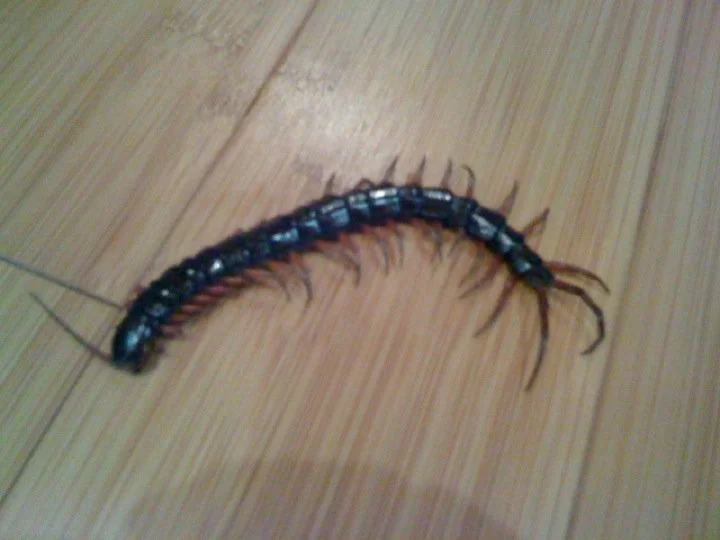Well, it's about time I spread the news about how it happened... On Thursday before Valentine's I surprised Dru by showing up at the home she's been living in on Maui! She was in the shower as I walked in so I knocked on the door, sweetly said "hey Dru...?", and said "hi!". She was pretty excited. She grabbed a towel and jumped out to give me a big hug. The surprise...was...successful. I accomplished it by leading her on that I was pulling an all-nighter the night before (which I did) and sleeping in all morning (which I did not). Instead, I jumped on a plane at 6AM and made it to Maui by noon with the time difference.
The couple of days we had together were perfect. She surprised me the a pair of Vibram Five Fingers for Valentine's Day :), we hung out with the girls, grabbed the best fish sandwich for lunch in Paia, spent a rainy afternoon on the beach, and just enjoyed being together. It was so nice. Tijana made it all possible too by helping me work out the dates and times, and letting Dru spend so much time with me for those few days. I loved it.
So... on one of the days Dru casually remarked to that we should go back to Haleakala, where we went the first time I came to Maui at my dire request (it was totally worth it). When Dru mentioned this I was like, yeah baby that's a great idea 1) because I loved it up there but 2) because really it was the place I was wanted to propose to her. I didn't tell her that, though.
So Monday morning came, February 14th. The alarm went off at 3:45 AM and I woke Dru up to get in the car. We grabbed some essentials, I grabbed my bag with the "picnic" I prepared and we headed up to the Mountain of Haleakala, or the "House of the Sun". The drive there from West Maui is about two hours, and as we drove I was getting more and more excited. Surprisingly I never really got nervous. Maybe it's because I was about to make the best decision of my life. Yeah, the biggest, but with Dru I'd be making the best decision ever, and who are we kidding I'm getting an amazing deal.
As we got closer Dru woke up, maybe from the driving, maybe from my excitement. I get so excited heading up there. Ask Dru. Seriously, the sunrise is incredible. Best view I've experienced thus far in my life. See pics from last trip if you're interested. Anyways, we paid the park entrance fee and drove up to the top. When we got to the top though, there was a problem. The parking lot was full and we were the VERY FIRST car turned away. Uh oh... disaster huh?
Well, it turned out not to be so bad. The guy told us to head down two miles to another viewpoint. So we did. We got there and found the view to be just as gorgeous, with about 1/10 the people. Definitely like that. So we walked up to the little viewpoint and I was like okay Dru, hang out here a minute, I'm gonna go setup a spot for us and a little breakfast picnic. She's like mmmk, and I run off. Now, I was starting to run low on time because with the parking deal and turnaround and all I lost some precious time. Working against the clock here since the sunrise is coming and I'm trying to work in something special by sunrise...
So I explore a little and find this perfect spot, tucked away from the viewpoint and the people, but still with a spectacular view of the sunrise. I quickly pulled out from my backpack a bag of candles and pack of clear plastic cups. The cups were to protect the candles from blowing out in the wind. I made a short path lined by candles, which led to the spot I'd found, then placed candles in a semicircle around the place I picked out to propose. The spot was actually perfect. It was like a mini amphitheater with an altar open to this HUGE volcano crater, clouds, and the rising sun. Next, I struggled for a few minutes to get the candles lit. After I got it setup just how I wanted, I pulled out a single white rose (on Dru's birthday in June I gave her a dozen white roses), and turned to go get Dru. As I looked over to where I left Dru I saw the sweet sweet girl walking over to me. Sweet girl was missing me, bless her heart.
I smiled at her and grabbed her hand. I was excited and happy. No nervousness. No butterflies. No stumbling on words. I knew exactly what I was about to do, and was confident that it would be the best decision I ever made. I led her through the short path of candles and to the area I prepared. I turned to her, grabbed her hands, and proceeded to tell her all the reasons why I love her. I think she could tell what was going on at this point, because she started to cry pretty good. I told her how honored I am to be in her life, and that I want to spend my life with her. I told her that I'm confident that I can make her happy the rest of her life, or at least try my best to do so. I told her that I want to be with her forever, want to see her every day, wake up to her every morning, want to take care of her, be by her side as we start a family together, travel the world, and grow old together. I told her that I love her and want to make her the happiest woman in the world.
Then, I did it. I went down on one knee, pulled the ring out of my pocket and asked her to marry me. She got super excited (at least it looked like it) and said "YES!" between tears, and hugged me. Sweet Georgia girl... now my fiancée. We hugged, kissed, and enjoyed the moment. We sat down together on a blanket and just held each other. It was perfect. The view was incredible. Timing impeccable. And I remember looking up not 2 minutes after I asked her and seeing the sun come up over the clouds. It was brilliant. Couldn't ask for more.




